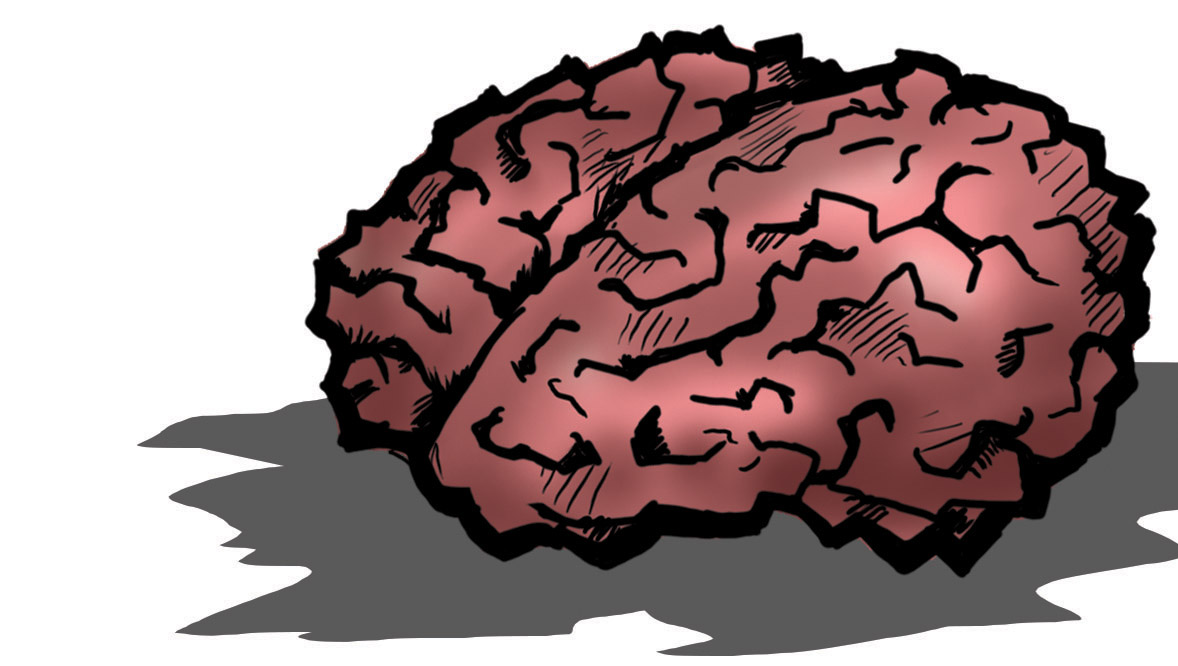Imagine a world where you could see noises and taste words – a place where Thursday is stubborn and the number three is always found above your right shoulder. For four per cent of the general population, this is not a mental exercise, but the way they experience the world around them. Synaesthesia, from the Greek syn (together) and aesthesis (sensation), is a neurological condition where one sensory pathway is coupled to another. It is seen as an alternative way to perceive the world, and is not considered a disorder. Those with synaesthesia are known as synaesthetes.
Congenital synaesthesia is automatic, involuntary, and consistent throughout the lifetime. There are more than 60 forms of the condition, composed of many sensation combinations. Synaesthesia types follow the notation “trigger sensation→concurrent sensation.” Sound→colour synaesthetes experience noises as being inherently coloured, while ordinal→linguistic personification results in numbers, days, and months having distinct personalities.
Some famous synaesthetes include physicist Richard Feynman, who experienced coloured equations, and inventor Nikola Tesla, who experienced unpleasant tastes when he dropped paper squares into a liquid-filled dish. Synaesthetes often have creative minds, and there is a prevalence of synaesthetes in the artistic community.
Non-congenital synaesthesia, known as adventitious synaesthesia, can be caused by a number of factors including psychedelic drug use, stroke, or deafness or blindness. A 45-year-old man from Toronto has the second known case of adventitious synaesthesia elicited by a stroke. Nine months after having a stroke located in his thalamus, the man started noticing differences in his sensations. He developed sound→colour, sound→tactile, and visual→gustatory synaesthesia.
The man also acquired a unique conceptual form of synaesthesia, which is induced by simply thinking of the stimulus. The sound of brass instruments in the James Bond theme music produced feelings he described as “orgasmic.” While shopping for groceries, his purchases were influenced by the colour of the advertisements. Black and white letters for items such as chicken were innocuous, but blue lettered adverts resulted in the man sensing that the chicken did not smell right. Interestingly, the man can voluntarily suppress all of these synaesthetic experiences.
The most common form of synaesthesia, grapheme→colour, is found in 45-65 per cent of all synaesthetes. In grapheme→colour synaesthesia, letters and numbers (graphemes) are perceived as being innately tinged. The associations between letters and colours are unique amongst individual synaesthetes. There are, however, similarities in associations. For example, the letter “A” usually has a redder hue. Common letters are often associated with common colours.
Graphemes that are similarly shaped often have similar shades. There are similarities within the sharp letter group of “KVWXY” and the curved group of “CDOQU.” Grapheme→colour synaesthesia often enhances memory for word lists without disturbing normal processing. Projectors are grapheme→colour synaesthetes who have their associations applied to their surrounding environments. They are very rare, making up 5-6% of synaesthetes. Associators are grapheme→colour synaesthetes who experience their associations in their “mind’s eye,” and make up the majority of grapheme→colour synaesthetes.
The familial ties amongst synaesthetes indicate a strong genetic link to synaesthesia. Forty percent of syanesthetes have a close relative who also has synaesthesia. There is a high rate of transmissibility from a parent to child. The specific form of synaesthesia expressed varies amongst family members. This suggests that there is a genetic predisposition to synaesthesia, and not to its direct manifestation. Those with one form of synaesthesia often have another.
Synaesthesia is an interesting way of observing the wiring of the human brain. By studying the neuroscience and genetics of the condition, we can better explore our most intricate organ.



